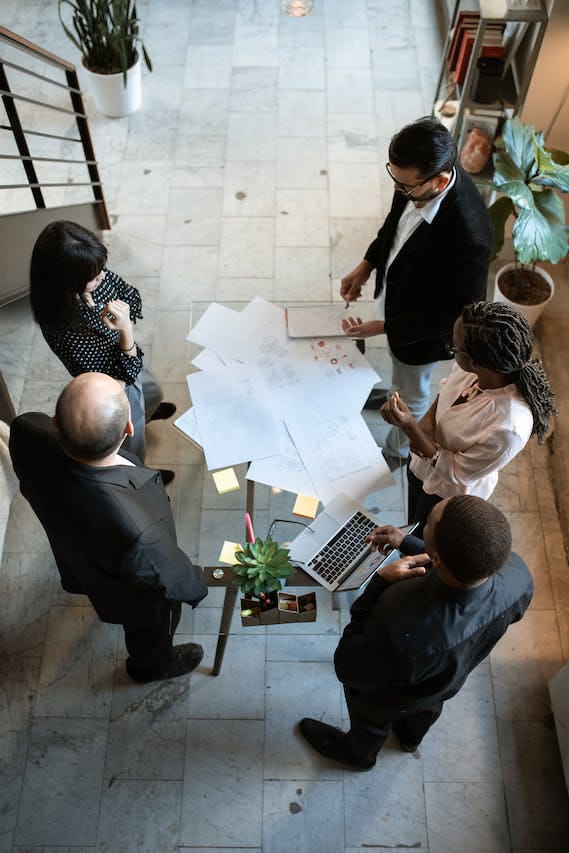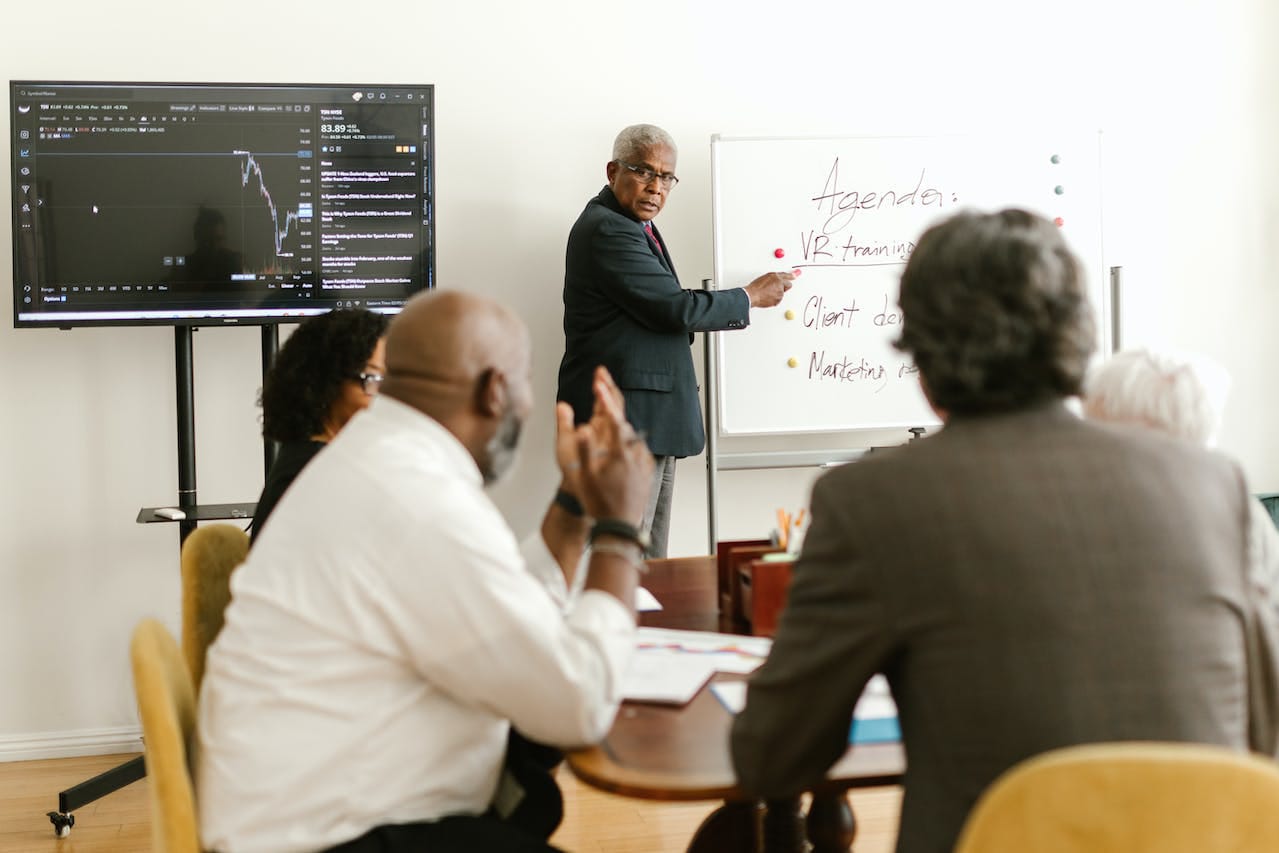Introduction
Team building activities are vital in creating an ideal work environment and encouraging effective collaboration among team members. Engaging activities are pivotal in forging solid teams by facilitating communication, trust, and cooperation among members. In this article, we'll examine the significance of team building as a practice, explore its benefits as an approach, and provide an in-depth guide to various team-building activities available today.

Icebreaker Activities
Icebreaker activities provide a practical starting point for team-building activities, allowing team members to familiarize themselves with one another personally and establish relationships outside their professional roles.
Establish Trust
A popular icebreaker activity is "Two Truths and a Lie". Each team member takes turns sharing two factual statements about themselves, followed by one false one. Their teammates guess which statement was meant to be wrong - sparking conversation and laughter while learning fun facts about each other!
Collaborative Problem Solving
Engaging in collaborative problem-solving activities helps team members hone critical thinking and decision-making abilities while strengthening team relationships. Escape rooms offer the ideal setting, where teams must work together to solve puzzles or crack codes within a set time limit, building effective communication, trust, and teamwork.
Building Trust and Communication
“Trust Falls” are popular team-building activities designed to increase team trust and communication. Members take turns taking backward falls while trusting in their colleagues to catch them safely - an activity which encourages vulnerability while strengthening bonds within a group and ultimately strengthening trust within it.
Outdoor Team Building Activities
Engaging teams in team-building activities outdoors offers them a refreshing change of scene while providing new and exciting ways to work together and collaborate.

Adventure and Cooperation
Outdoor adventure activities like hiking, camping or team sports require collaboration to reach common goals. Such adventures encourage team members to stretch themselves beyond their comfort zones, utilize each other's strengths and adapt quickly when faced with unfamiliar circumstances - experiences which deepen bonds while increasing collaboration.
Problem Solving in Nature
Scavenger or treasure hunts in natural settings require teams to solve puzzles and uncover clues to locate hidden objects. These activities foster teamwork, creativity, and problem-solving skills, allowing participants to appreciate their surroundings and enjoy team dynamics. Leaders also gain insights into individual contributions.
Volunteering as a Team
Participating in community service activities as a team benefits the greater good and strengthens bonds among team members. Volunteering exposes team members to different perspectives, fosters empathy and facilitates teamwork - whether building homes for the less fortunate or organizing food drives; sharing this experience of giving back creates a sense of purpose and unity within your group.

Virtual Team Building Activities
With the rise of remote work, virtual team-building activities have become more essential in cultivating collaboration and team spirit among team members who may be geographically separated.
Collaborative Online Games
Virtual team-building can be achieved with collaborative online multiplayer games like "Among Us" or virtual escape rooms. These activities allow team members to work together in solving challenges, strategizing, and communicating effectively despite the physical distance between members. These activities stimulate real-life collaboration while offering fun ways for teams to bond despite physical space.
Creative Challenges
Engaging in creative challenges remotely encourages team members to think creatively and collaborate uniquely. Activities like virtual art projects or co-authoring a story via shared documents allow teams to showcase their creative side while strengthening teamwork and communication.
Learning and Development
Virtual workshops or webinars focusing on skill development or team-building topics provide teams with an excellent opportunity to grow together. Sessions may include breakout rooms or group discussions to ensure active participation. This type of activity not only strengthens collaboration but also promotes ongoing learning among team members.

Reflective and Bonding Activities
Reflective and bonding activities give teams a chance to step back, assess their journey and celebrate their successes.

Retreats and Getaways
Retreats and getaways can be an incredible way to recognize hard work while strengthening team bonds. Whether it be an immersive beach retreat or an exhilarating mountain trip, team getaways provide an informal space where team members can come together, have fun, and create lasting memories.
Team-building Workshops
Engaging in team-building workshops led by professionals allows teams to explore any underlying issues or improve certain aspects of collaboration. Activities may include role-playing, problem-solving simulations and open discussions - emphasizing self-reflection and enhancing team dynamics to maximize overall collaboration.
Celebrating Success
Recognizing and rewarding team achievements are essential for building team morale and cultivating a productive work culture. Holding parties, award ceremonies, or team-building games to mark milestones or successful projects creates team spirit while inspiring pride of ownership among colleagues.
Conclusion
Building strong teams through engaging activities is an excellent way to promote effective collaboration in any workplace. Activities such as icebreakers, outdoor adventures, virtual team-building exercises and reflective bonding sessions all play a critical role in strengthening trust, communication and teamwork among team members. Organizations can foster a positive and productive work environment by investing time and energy in these activities.
FAQs (Frequently Asked Questions)
What are the goals of team-building activities?
Team building activities aim to promote collaboration, improve communication, foster trust and foster an engaging work environment. By engaging in these activities, team members can understand one another better while developing problem-solving abilities and effective teamwork.
What frequency should team building activities take place?
The frequency of team-building activities will depend on various factors, such as team size, workload, and organizational culture. Conducting these events at least every quarter is recommended to foster consistent communication and relationship-building between team members.
Can team-building activities boost productivity?
Yes, team-building activities can increase productivity significantly. When members trust and communicate effectively within a team environment, collaboration becomes more accessible, ideas are shared more freely, and goals are reached more swiftly, resulting in greater overall productivity and employee satisfaction.

